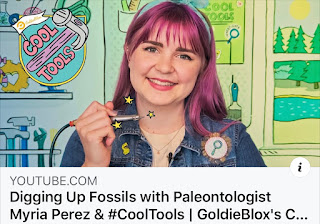Popular posts from this blog
Lyme Regis
We got up early today to make our way from London to Lyme Regis. Got up around 6:30 am and made our way to a continental breakfast at the hotel. All packed up and on our way, we made a stop to see Stonehenge. An hour or so later, we arrived in Lyme Regis, Mary Anning's town. Ammonites led the way to and decorated the town of Lyme Regis Finally arrived at the Lyme Regis Museum! After arriving, my parents surprized me with a private tour guide of Mary Anning's life in Lyme Regis. Natalie Manifold took us all around town to show us the town's old post box (the wood still intact), the mill and the field where young Mary Anning was struck by lightning, Joseph Anning's (Mary Anning's older brother, who collected fossils with her) home, the Jurassic outcrops, the town church, and Mary Anning's grave stone. After the tour, we quickly made our way upstairs inside the museum (It was closing) and discovered two people who tu...
CASTING AND MOLDING FOSSILS
CASTING & MOLDING A cast is essentially a copy of a bone. Sometimes it is called a replica. The advantages of a cast are that it is lighter and stronger than real bone. It retains all of the external details of the original specimens. A two part mold can be made from an original fossil. The bone is supported with clay and building blocks. More clay is used to cover about half of the original fossil. Once the molding rubber has completely dried, the sides made of building blocks are removed. After they are removed, the top portion (molding rubber and the original fossil) can be separated from the clay. Now the other side needs to be molded. The first part that was molded is now placed on the bottom and the walls are built with ...




Comments
Post a Comment